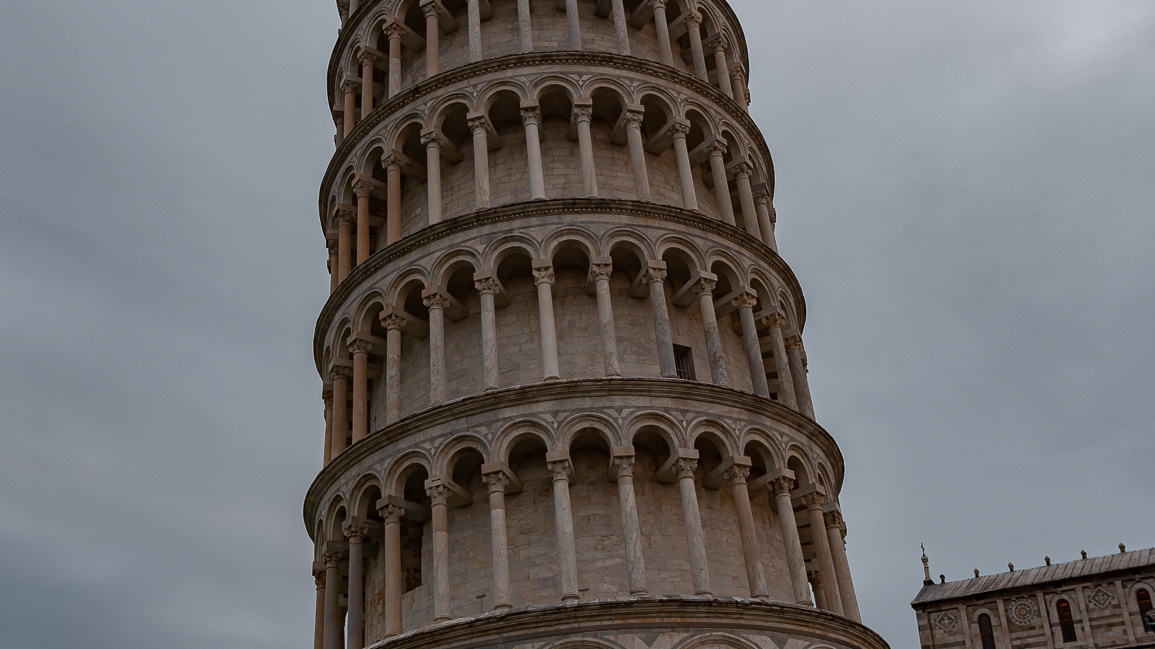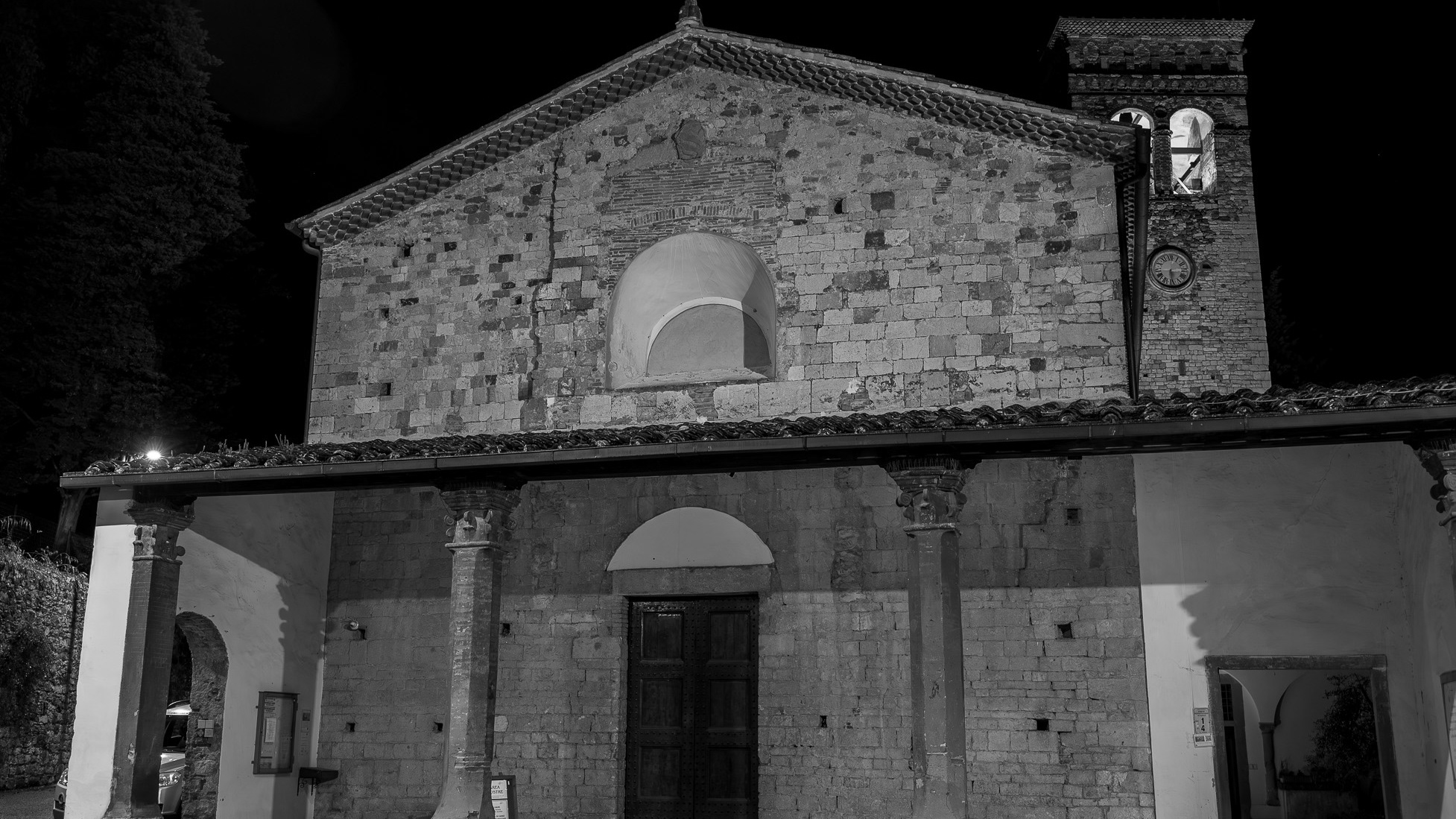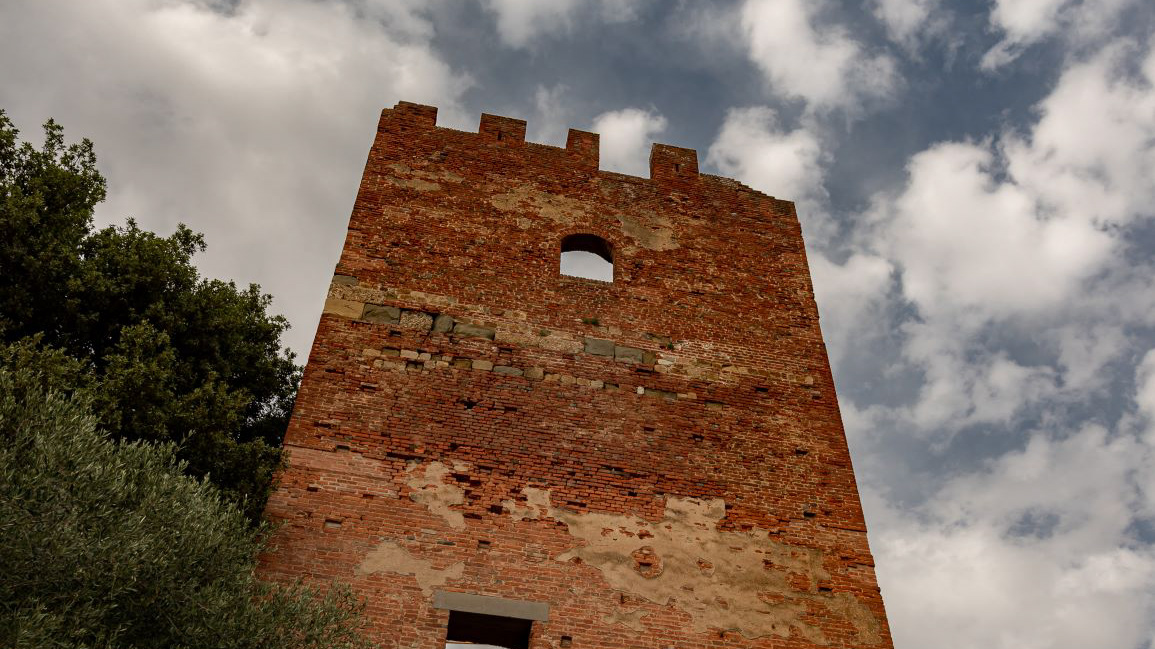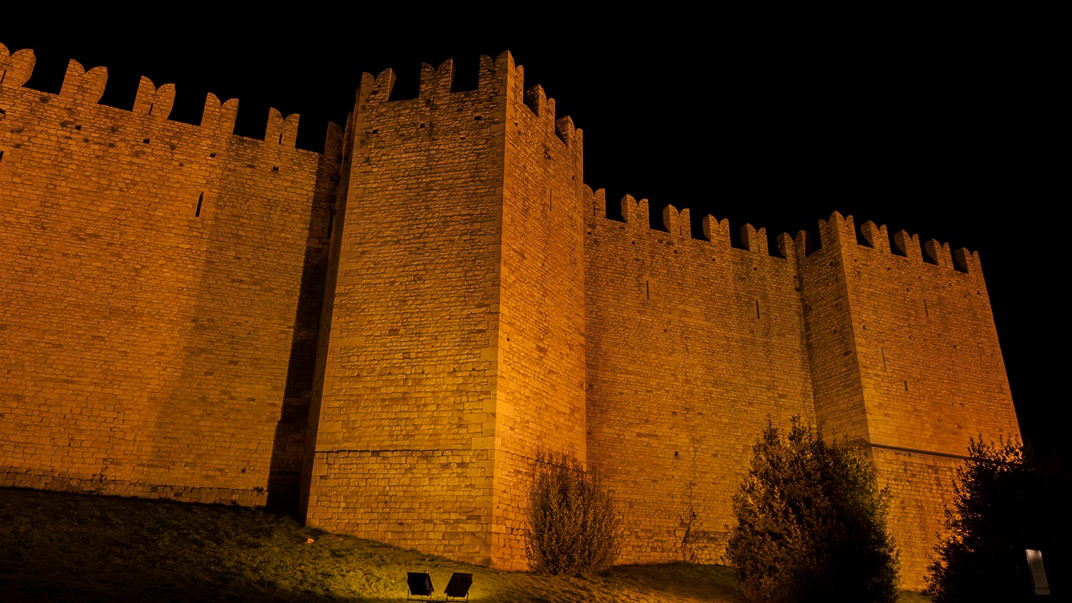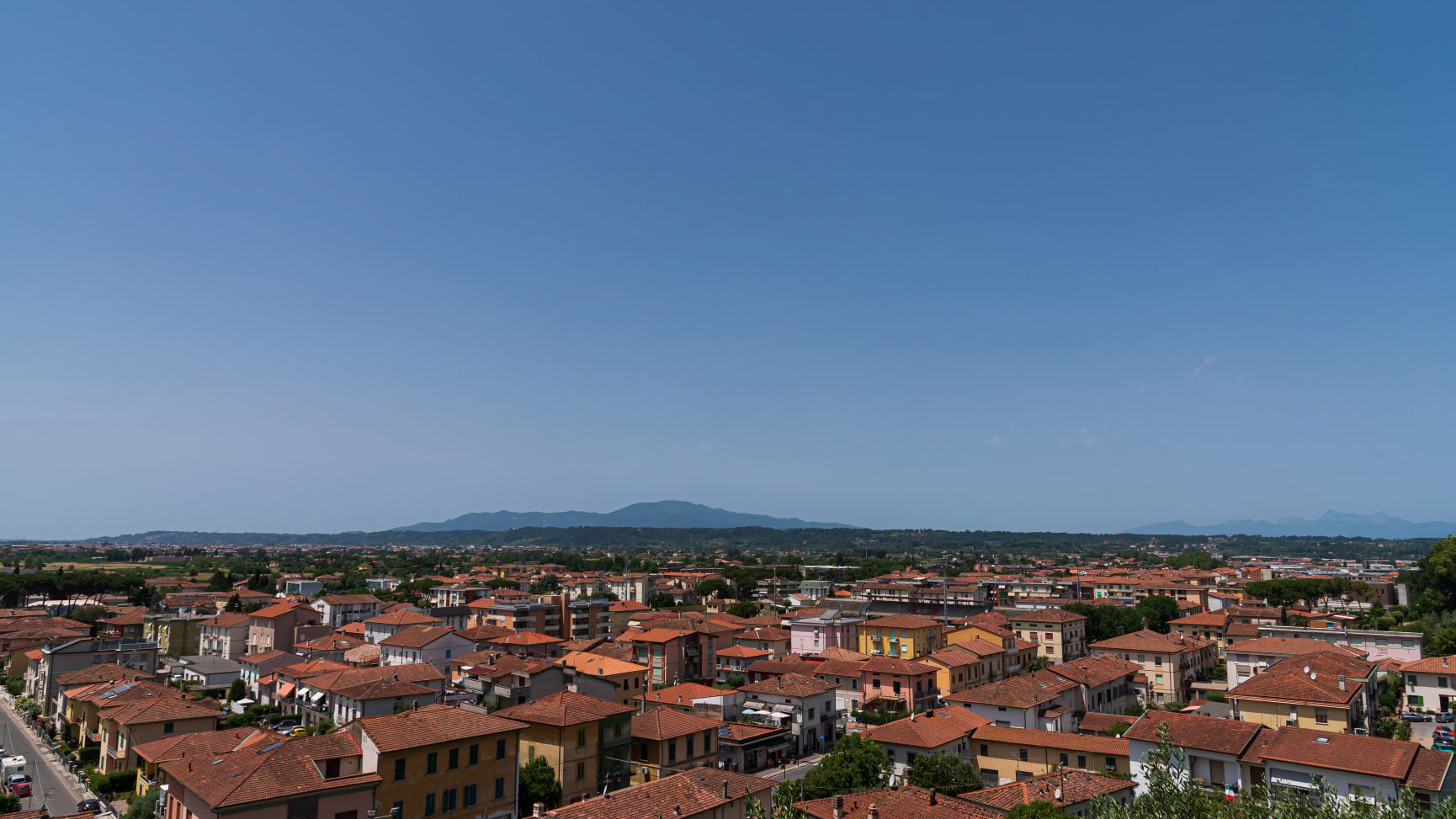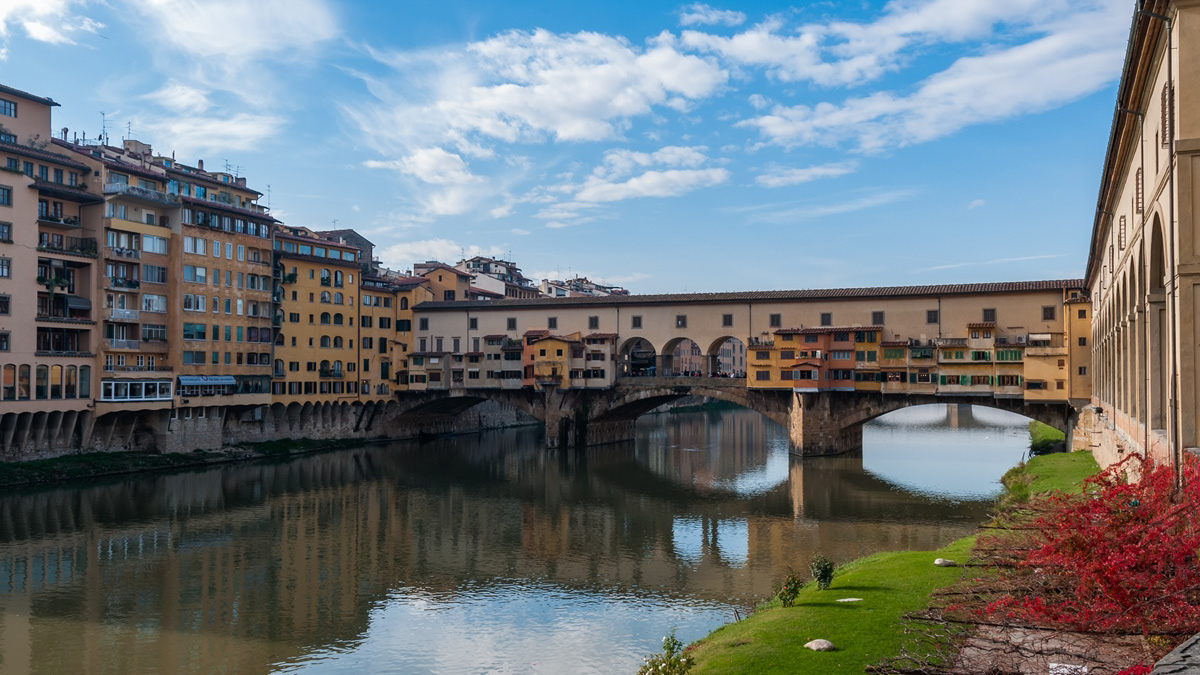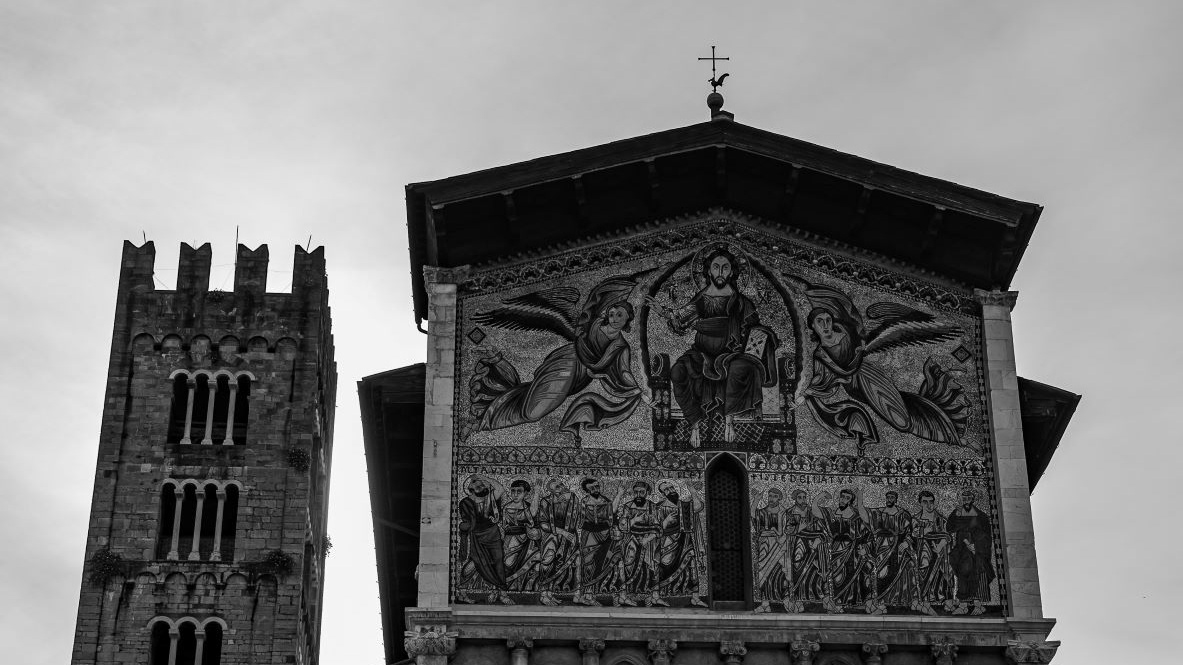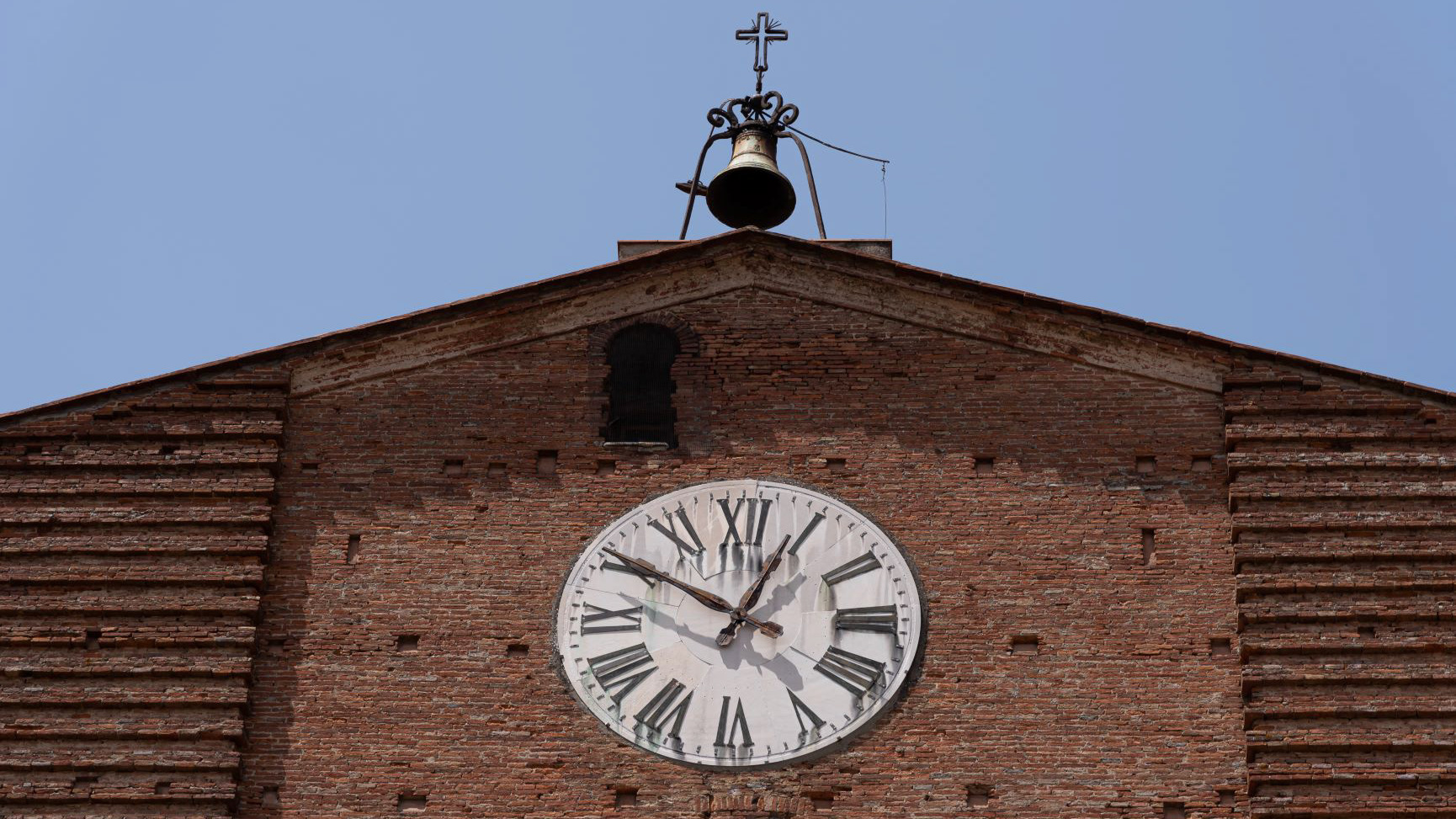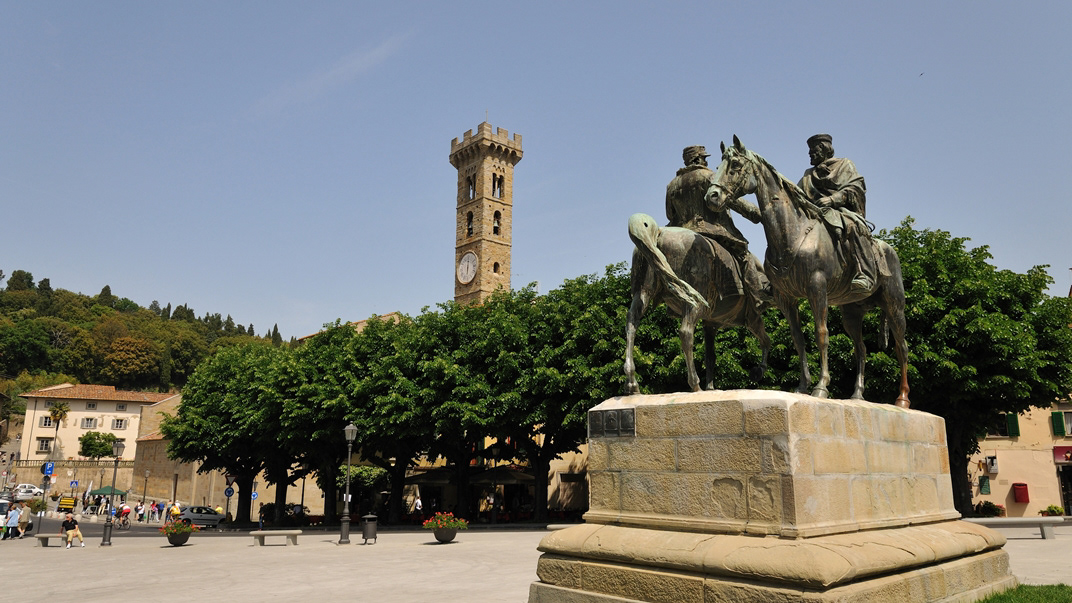2021
Pisa, the Leaning Tower
The tower of Pisa (popularly known as the leaning tower and, in Pisa, the Campanile or the Tower) is the bell tower of the cathedral of Santa Maria Assunta, in the famous Piazza del Duomo of which it is the most famous monument due to the characteristic slope, symbol of Pisa and among the iconic symbols of Italy. It is a separate bell tower 57 meters high (58.36 meters considering the foundation plan) built over two centuries, between the twelfth and fourteenth centuries. With a mass of 14 453 tons, the curved line predominates, with turns of blind arches and six floors of loggias. The slope is due to a subsidence of the underlying land which occurred in the early stages of construction. The inclination of the building measures 3.97 ° with respect to the vertical axis. The tower is managed by the Opera della Primaziale Pisana, a body that manages all the monuments in the Piazza del Duomo in Pisa. It was proposed as one of the seven wonders of the modern world. Work began on 9 August 1173. The foundations were left to rest for a whole year. Some studies attribute the authorship of the project to the Pisan architect Diotisalvi, who was building the baptistery at the same time. The similarities between the two buildings are in fact many, starting with the type of foundations. Others suggest instead Gherardi, while according to Vasari the works were started by Bonanno Pisano. Vasari's thesis was considered valid above all after the discovery in the vicinity of the bell tower of a tombstone with the name of Bonanno, walled up in the atrium of the building; moreover, in the nineteenth century an epigraphic fragment of pink material was always found in the surroundings, probably a cast on which a metal plate was cast, which is placed on the jamb of the building's entrance door. On this fragment we read, upside down: "Pisan citizen named Bonanno". This cast in all probability related to the royal door of the Cathedral, destroyed during the fire of 1595. The first phase of the works was interrupted in the middle of the third floor, due to the subsidence of the land on which the base of the bell tower stands. The softness of the ground, made up of normally consolidated soft clay, is the cause of the slope of the tower and, although to a lesser extent, of all the buildings in the square. The works resumed in 1275 under the guidance of Giovanni di Simone and Giovanni Pisano, adding another three floors to the previous building. In an attempt to straighten the tower, the three additional floors tend to curve away from the slope. The bell tower was completed in the middle of the following century, adding the belfry.

